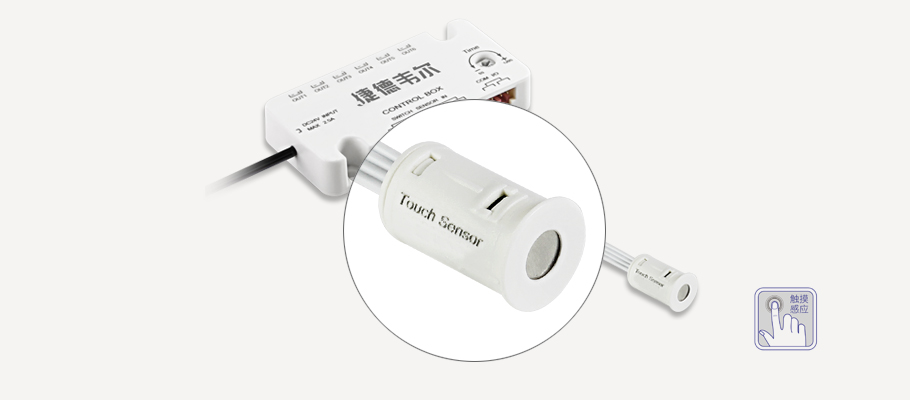IHS iSuppli, which uses more than two-thirds of the large-size LCD panels shipped worldwide in 2011, will use LED backlights, which is less than 50% in 2010.
It is estimated that 67% of large-size LCD panels will use LED backlights in 2011, up from 44% in 2010. In 2011, LED backlight large-size LCD panel shipments will reach 495.6 million, an increase of 74.9% over the 283.3 million in 2010.
For laptops and netbook panels, the share of LED backlights in 2011 will rise from 91% in 2010 to 100%. In 2011, LED backlighting will increase from 20% in 2010 to nearly 50% in TV and monitor panels.
By 2014, shipments of LED-backlit large-size LCD panels will increase from 117.8 million in 2009 to 834.6 million, with a compound annual growth rate of 47.9%.
The chart below shows IHS iSuppli's forecast for shipments of large-size LED-backlit LCD panels for 2009-2014. IHS iSuppli defines a large-size LCD panel as a panel with a diagonal size of 10 inches or more.
LED backlight panels became the main factor driving the growth of large-size LCD panel shipments in 2010, the fastest growing field, and soon became the largest field in the LCD market. As costs continue to fall, consumers are increasingly demanding LED-backlit TVs, with more consumers welcoming their superior picture quality, lower power consumption and thinner form factor.
Oversupply of panels
Despite strong growth in shipments of LED backlights, the large-size panel market in 2011 faced concerns about oversupply. Oversupply will cause prices to fall.
According to the analysis of the panel manufacturer's current production plan, the capacity in the first half of 2011 may significantly exceed the market demand. However, the capacity expansion rate in the second half of 2011 may fall below the demand level.
If the panel supplier can control production wisely, the situation in the LCD industry in 2011 may be very good. Similarly, overproduction in the first half of the year may lead to an increase in inventories and oversupply in 2011.
2011 3D panel changes
In addition to LED backlighting, another major trend in the large-size LCD market in 2011 will be the shift in the 3D TV panel market. The market acceptance of 3D TV in 2010 was inferior to industry expectations, in part because of the higher cost of panels and TV sets.
Many panel suppliers plan to introduce 3D TVs using phase-delay film technology in 2011, eliminating the need for current shutter glasses technology. Phase retardation film technology is used in conjunction with 3D glasses consisting of polarizer films that are lighter in weight and less expensive. With this technology, the cost of glasses is about $10, making it easier for consumers to have multiple pairs of glasses. The cost of shutter glasses is $100.
In addition to lower cost, phase retardation film technology is said to have lower crosstalk and brightness may be higher than panels using shutter glasses technology. It can also be used with lower frame rates (60Hz) or even CCFL backlights to create lower-end, lower-priced 3D TVs. However, the shutter glasses technology has the advantage of higher resolution, and has other advantages such as a wide vertical viewing angle. Panel suppliers and some brand manufacturers, especially Chinese companies, hope to introduce lower cost phase retardation film technology and polarizer glasses in 2011 to increase 3D market share.

Touch sensitive sensor has humanized design. The switch can automatically disconnect when electricity breaks and it will be in the OFF station when electricity comes back. Touch control ensures longer service life than mechanical switch. New imported IC processor for nice sensitivity and stable performance.
Description of Touch Sensitive Sensor
Item: Touch Sensitive Sensor
Size: 12mm*19.5mm
Voltage: 3V
Function: on/off, dimming
Standby Power: <0.1W
MOQ: 1000pcs

FAQ:
Q1. Can I have a sample order for led light?
A: Yes, we welcome sample order to test and check quality. Mixed samples are acceptable.
Q2. What about the lead time?
A:Sample needs 3-5 days, mass production time needs 1-2 weeks for order quantity more than 1000pcs
Q3. Do you have any MOQ limit for led light order?
A: Low MOQ, 1pc for sample checking is available
Q4. How do you ship the goods and how long does it take to arrive?
A: We usually ship by DHL, UPS, FedEx or TNT. It usually takes 3-5 days to arrive. Airline and sea shipping also optional.
Touch Sensitive Sensor
Touch Sensitive Sensor,Cabinet Lighting Touch Sensor,Touch Sensitive Pir Sensor,Touch Ir Sensor
Shenzhen Jedver Smart Lighting Co., Ltd. , http://www.jederwell.com
